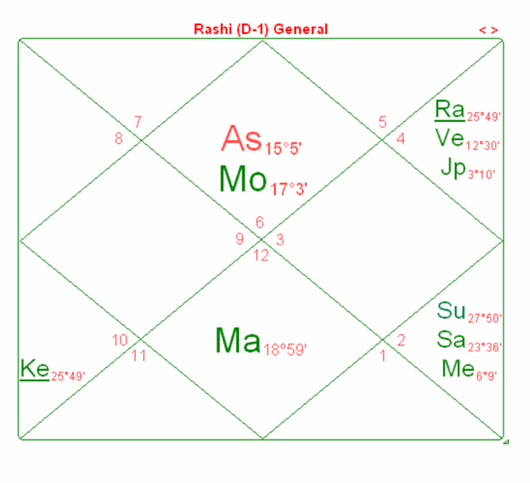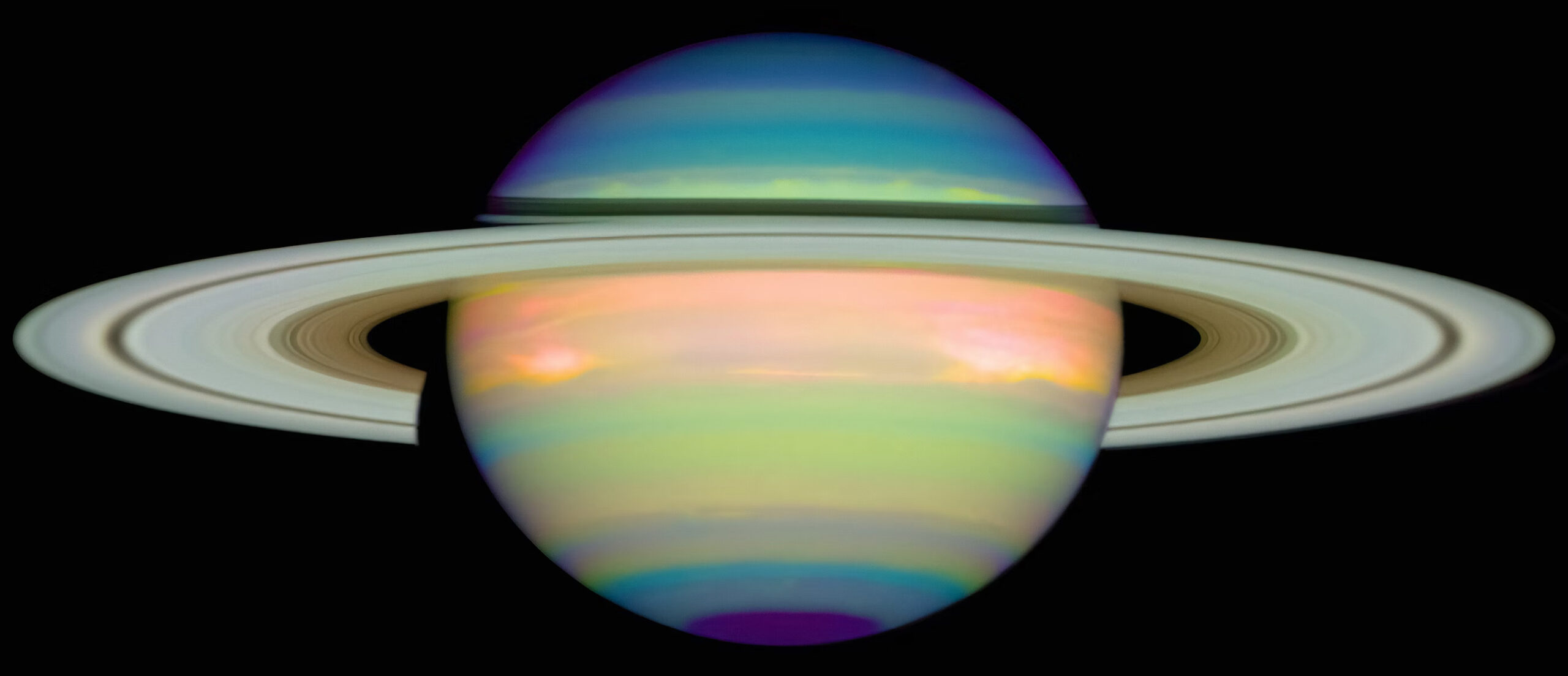Spring | Summer | Fall | Winter | |
2025 | Volume 67 |
| Volume 65 | Volume 66 |
Volume 12, 21 March 2011
“The seasons are what a symphony ought to be: four perfect movements in harmony with each other.”
The Spring Sky Show
This season you will not want to miss the beautiful predawn sight of Venus and Moon. I saw it the other morning and it was spectacular. There are three opportunities coming up all occurring 20 - 30 minutes before sunrise. The first is on March 31st, the second is on April 30th and the third is on May 31st.
Another beautiful sight is Jupiter and the Moon. Though this too is a monthly event, there is only one occurrence this quarter which is visible without binoculars. It will be an hour before sunrise on May 29th. Jupiter will be to the lower right of the waning Moon.
For those who have a desire to learn the marker stars for the nakshatras, here are some helpful markers this quarter. On April 6th around two hours after sunset, the Pleiades star cluster (Krttika nakshatra) will be visible just above the crescent Moon. Two hours after sunset on April 17th, Spica (Citra nakshatra) will be visible just above the full Moon. Above Spica but much fainter is Saturn. Another Spica view takes place on June 20th – also at about two hours after sunset. There is a triangle of the Moon, Spica and Saturn. Spica will be up and to the left of the Moon and Saturn up and to the right.
Both a solar and lunar eclipse will occur this quarter as well. June 1st is the partial solar eclipse only visible in North America at the Arctic Ocean coast. The total lunar eclipse will be visible in Europe, Africa and Central Asia.
Finally, for those that like to plan ahead, the summer solstice will be 13:16 EDT on June 21st
The Purushartha of Kama
Many seekers following the spiritual path inevitably bump up against the notion that one must be “free of desires” in order to progress towards liberation. However when one attempts to rid oneself of desires, it becomes obvious that this is an insurmountable problem. All of the purusharthas are present so that we may have a balanced life. The pursuit of each may change at different stages of life and make more room for another of these objectives. However, this should be a natural process based on maturity and choice rather than an aggressive act of suppression. Perhaps the problem lies in a misunderstanding of the concept of kama.
The dictionary definitions of kama include wish, desire, affection, enjoyment and pleasure. We can therefore think of it as the process of relating, experiencing and enjoying. Breathing pure and lively air on a beautiful morning is an uplifting experience. It does no harm to others and it can easily be linked to a joyous recognition of the gifts we have in our lifetime. In that sense, it becomes an act of devotion. Contrast that with the pursuit of enjoyment or desires that disadvantage other beings. Is it kama that is the issue or could it be our own inability to understand the impact of the pursuit of our pleasures and desires on others?
In this context, it is useful to consider the difference between preference and attachment. It is natural for all of us to have preferences. I prefer to sleep on a comfortable bed rather than on the ground. However, if I chose to go on a pilgrimage to a remote location which necessitates camping out, I can have a deleterious impact on all of those around me by consistently asserting my need to be more comfortable. The tyranny of that attachment robs me of my ability to assess and adapt to the current situation in an appropriate way. I hanker after the comfort and have aversion to the discomfort. In the language of the Vedic Sampradaya, this is the double edged sword of raga (attachment) and dvesha (aversion). Both are great impediments to the state of contentment that is necessary for true freedom.
Since Jyotisha reflects the diversity of life’s experiences, it can reveal the different ways people relate to the purushartha of kama. Will a given person have the karmaphala that enables them to maturely sublimate desires in the service of dharma or will the person instead selfishly or obsessively pursue attachments at the expense of others and ultimately at their own expense?
Kama is read in a chart by examining the third, seventh and eleventh bhavas and their lords. As additional confluence, the air constellations of Gemini, Libra and Aquarius are linked to kama. Afflictions to the kama indications and especially their linkage to Rahu and/or a weak or exaggerated Venus can point in the direction of more obsessive pursuit of kama.
Consider the following chart:

This is a striking example of kama as the dominant purushartha. Notice the interrelationship of the kama bhavas and their lords. The third bhava is ruled by Mars who has gone to the seventh. The seventh bhava is ruled by Jupiter who is exalted in the eleventh and aspects the third bhava, the third lord and its own seventh bhava. The Moon as the owner of the eleventh bhava is in the first bhava aspecting the third lord Mars. This is a web of connections that should not be overlooked.
It is also quite interesting to note the presence of Venus and Rahu along with exalted Jupiter in the eleventh bhava. This is a powerful combination for fulfillment of desires but it is an equally remarkable indication for unabated generation of desires. In fact, a notable pattern in this person’s life is that as soon as a desire gets fulfilled, another or several others immediately spring up. A highly desired house might be acquired and the attention quickly shifts to whether it is big enough or located well enough. The small wave of satisfaction in the acquisition gives way to the need for something more.
What is the best way to help this person? It is important to notice that there are also some combinations for dharma in this chart. As noted in earlier newsletters, dharma is seen by examining the first, fifth and ninth bhavas and their lords. We can see that the first lord Mercury is located in the ninth bhava along with the fifth lord Saturn. There is also a link between dharma and kama in that the ninth lord Venus goes to the eleventh bhava. A good strategy in working with this person is to try to strengthen the dharma indicators by utilizing themes of the eleventh house. How might that work? This person moves in high society and is fond of parties and glitter. Charity balls, fund raising activities for good causes and joining clubs that sponsor deserving individuals who contribute to society would effectively link dharma and artha and be a good start towards building a stronger inclination to use the kama indicators in service to dharma.
The Media Corner
The Jungian Myth and Advaita Vedanta by Dr. Carol Whitfield
Dr. Whitfield is uniquely positioned to write on this important topic that seeks to bridge the gap between Jung’s seminal concepts in Western psychology and the vision of Advaita Vedanta which Jung maintained would elude the Western psyche. She has studied Advaita Vedanta for over forty years with one of the leading luminaries of this tradition, Swami Dayananda Saraswati. She also extensively studied and explored Jung’s writings and his analysis techniques as a way to arrive at a more settled and mature relationship with the Vedantic teachings that are so central to her life. In this regard, it is a remarkable personal work exposing the dilemma of the Western seeker who attempts to employ Eastern spiritual practices to arrive at the cognitive shift that reveals the ultimate truth. This book is a wonderful contribution to the necessary process of integrating the riches of East and West and arriving at the most effective means for pursing truth in this place and time.
This book was originally written as a Ph.D thesis and is published by Arsha Vidya Research and Publication Trust, Chennai India. it can be obtained through the bookstore at Arsha Vidya Gurukulam in Saylorsburg PA (www.arshavidya.org)












